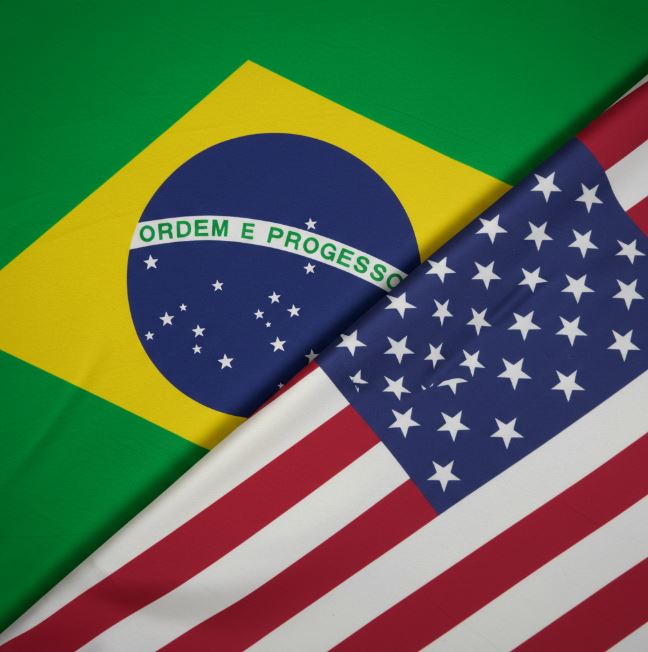Despite external trade headwinds and tight domestic monetary conditions, Brazil’s finance ministry has upgraded its 2025 economic outlook and now sees stronger-than-expected growth.
Gross domestic product (GDP) is expected to grow 2.5% next year, revised from the 2.4$ forecast in May, the ministry’s economic policy secretariat said in a report published on Friday.
The upward revision comes amid increasing optimism over domestic demand as well as strength in certain sectors, particularly agriculture, mining, and services.
On the other hand, the projection for 2026 was cut to a 2.4% growth (from 2.5%) with the ministry projecting the expected lagged effects of the relatively tight monetary policy with the Brazilian Central Bank.
Growth estimates do not include recent US tariffs
The ministry stressed that the latest data do not account for the impact of a 50% tariff on Brazilian exports imposed by US President Donald Trump earlier this week.
While the full list of affected products has not yet been released, the Brazilian government has claimed that the measure’s overall impact on GDP in 2025 is likely to be small.
“The impact of the tariffs tends to be of little significance on 2025 growth, although some manufacturing sectors may be particularly hit,” the study indicated.
The tax announcement has sparked alarm in Brazil’s industrial sector, particularly among producers of commodities sold to the United States.
However, the ministry’s evaluation indicates that larger macroeconomic fundamentals are unchanged.
Monetary policy seen as a key constraint in 2026
The negative revision for 2026 reflects the predicted drag from the current tight monetary policy. Brazil’s central bank has kept interest rates high to combat inflation, a policy that is expected to continue in the medium term.
Higher borrowing prices are predicted to reduce investment and consumption, resulting in a weaker economic expansion in 2026.
While inflation has slowed compared to previous years, the central bank has been cautious in signalling the possibility of a rate reduction, favouring price stability over short-term growth.
The outlook remains cautious amid trade and policy challenges
Despite the upward revision to the 2025 prediction, Brazil’s overall economic prognosis remains cautious.
The possible sector-specific consequences of US trade restrictions, along with high domestic interest rates, pose negative risks to the growth trajectory.
However, the finance ministry stressed that current forecasts are based on available data and may change as more information becomes available, particularly about the application and extent of the proposed US tariffs.
Brazil continues to closely monitor foreign trends, relying on internal demand, public investment programs, and structural reforms to boost economic growth in the short term.
Approximately 1% of Brazil’s GDP is made up of exports, of which just over 10% go to the US.
However, the bigger implications might be in politics, especially ahead of Brazil’s 2026 presidential election.
Some experts are also concerned that US trade pressure may allow Brazilian President Luiz Inácio Lula da Silva to use it as a tool to stand up to foreign influence, resulting in a more hardline stance that will make diplomatic de-escalation difficult.
Increasing economic nationalism could make next year’s talks more difficult and could further aggravate markets in the months to come.
The post Brazil raises 2025 growth forecast, sees limited impact from US tariffs appeared first on Invezz

